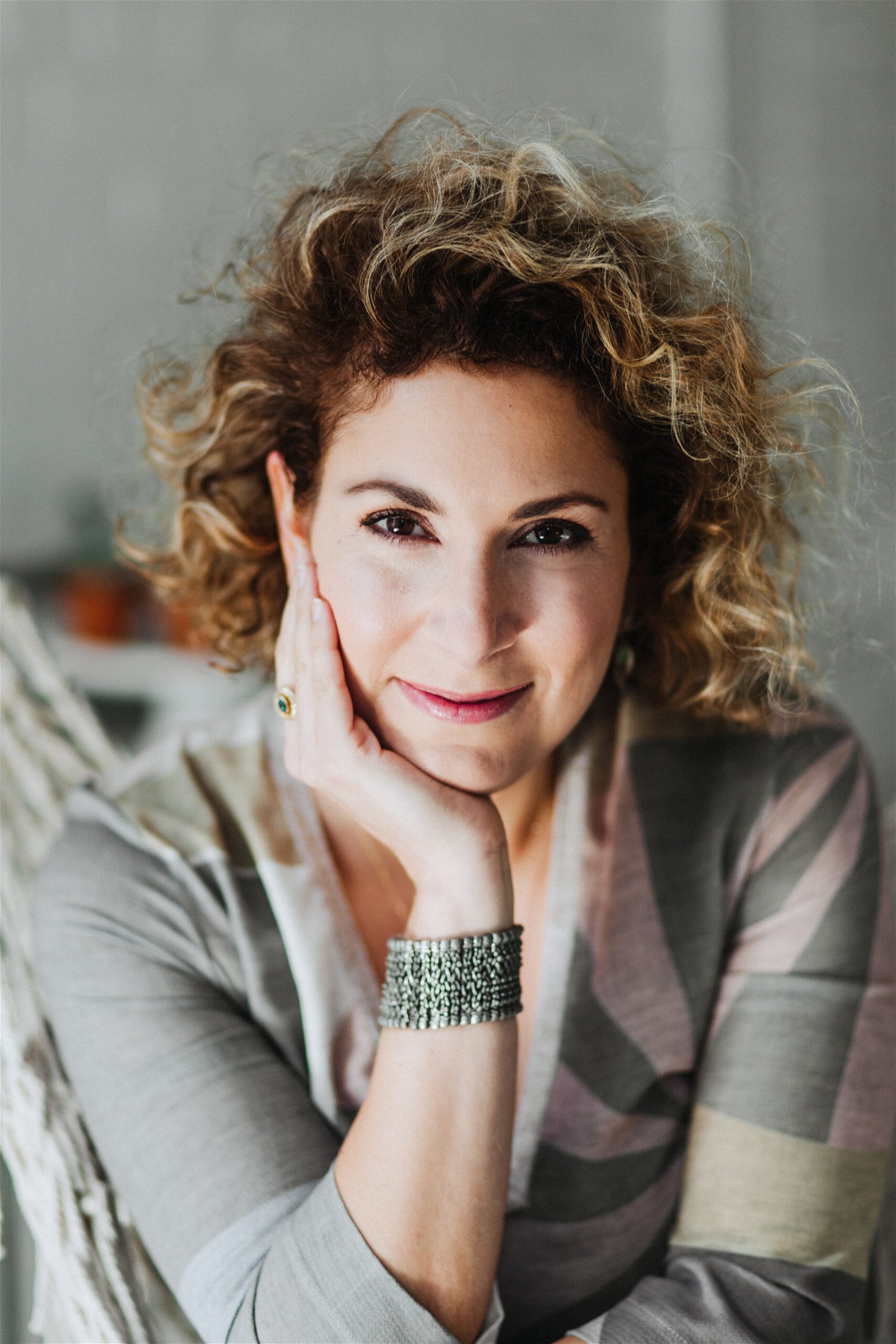I have a fascination with borders. Movement, escape, freedom, confinement, walls, death, the Rio Grande River, and legal and illegal crossings, are just some of the realities that hover around and on borders. Generally, a border is a fine line where a high level of intense activity occurs, not only geopolitically, but emotionally and socio-culturally as well. I see the idea of a borderline as a contradictory space of both possibility and containment.
As scattered beads living throughout the Armenian Diaspora on surrogate lands, I feel as though we often find ourselves on various borderlines. On a daily basis, Armenians, like other ethnic communities trying to hang on, are confronted with dominating cultures and influences, integration vacuums, tempting distractions, and especially an ingrained (either assumed or rejected) struggle to preserve ones Armenian culture and identity. In this sense, assimilation, emancipation, and cultural conservation are just some of the phenomena unfolding separately or sometimes simultaneously on a virtual borderline for us diasporans.
At this particular crossroad of the diaspora’s existence, after decades of unremitting post-genocidal efforts carried out by various diasporic organizations in political, religious, educational, and cultural spheres dedicated to preserving “Armenianness,” I cannot help but wonder what it means to preserve Armenianness. Our diasporic condition is such that we often find ourselves negotiating on a border between cultural retention and assimilation. But does a fixed line really exist between the two or do they function in constant tension in each of us beads?
Hayabahbanoum, a word meaning preserving Armenianness or remaining Hye (Armenian), is the pinnacle of cultural retention. It is a loaded term and I believe that it would be beneficial for our communities if this concept was unpacked from time to time. From a young age, I became aware of how family, Armenian school, community organizations, and leaders strove to maintain and protect Armenianness. Today, more than ever, with transforming values and increased access to various influences, a mutating and ever expanding understanding of Armenianness is inevitable and even welcomed. Are we ready to handle it?
In the classic sense, Hayabahbanoum is an umbrella term encompassing various facets traditionally associated with Armenian identity. It can be defined as speaking the mother tongue (as grammatically incorrect or corroded with English, French, Russian, Turkish, and Arabic as you want). What if you do not speak Armenian, does that make you less Armenian? Or for those who have not attended Armenian school, yet are on the frontlines of the Armenian Cause and demonstrate consistent active engagement with the community, are they considered to be less Armenian? Filling the pews at church on Sunday can qualify as accomplishing your duty. But what is to be said about those who express their spirituality differently? The alternatives are countless and attempting to standardize what is to be understood as Hayabahbanoum is problematic in my view.
Therefore, establishing parameters for being Armenian in this day and age is perhaps an outdated and irrelevant exercise, especially if we consider cultural identity to be constantly in motion, rather than a fixed and stagnant reality. Rather than try to define and impose notions of Hayabahbanoum, every individual has his or her own formulation and practice of what it means to be Armenian. As such, each individual expresses his or her Armenianness in various ways—at times conventionally, other times non-conventionally—but that is the beauty of diversity within culture itself, as it comes into contact with other cultures and society at large.
Cultural retention and assimilation are two extremes, yet it seems as though, for Armenians living in the diaspora, they function together in tension. The border between them can be blurry and uneasy at times, but perhaps this tension creates the opportunity to re-question our Armenian identities, without necessarily compromising our core values. The outcome can be healthy and even help guide community action.
Scattered beads undoubtedly roll between cultural retention and total assimilation. Either one of these notions in excess can be detrimental to our communities and culture. Conversely, remaining open to dialogue can only enrich our diasporic experiences, adding color and texture to the plural multitude of beads that already exists.
Today’s beads are seeking open borders.



very true, very interesting, very well expressed! I very much enjoyed it Lalai, keep it up!
Ahhh, a breath of freash air. Opennes and borderless. Lalai, your instincts and your voice are bang on! I hope this column is well read and distributed.
Congratulations on being ‘YOU’… we are all greatful and lucky.
Cheers!
Elize
The concept of beads is insightful and the tone of your thoughts bright and lively. And beautiful name, Lalai. The beauty of the beads is in their veriaty and the fact that each is formed under different environmental conditions; exposure, pressures, depth of origin etc. that define their color, texture and complexity. While they seem scattered there is an invisible string loosely keeping them together. The string is what drives you to write what you have written. There is no such thing as an optimal number or critical mass of parameters that determine “Armenianness” or any “otherness”. History, culture, homeland, and language are all resources that you can absorb to the extant of your breath. The measure is individual enrichment and complexity. Learn to be and be all you can.
Great read, fascinating elaboration of the invisible borders in our lives, of being Armenian.
My current fascination of borders involves those in the world which are unnatural: the afghan/pakistan border splitting the Pashtun, the pakistan/india border splitting the Punjab, the Shia muslims split between Iraq/Iran. This hits close to home to as our border with Azherbejian splits Armenians from Nagarno-Kharabah. The common thread between all these borders: remnants of imperialism. It will be interesting to see how these border will continue in the future, as I doubt they will remain so.
Look forward to the next article.